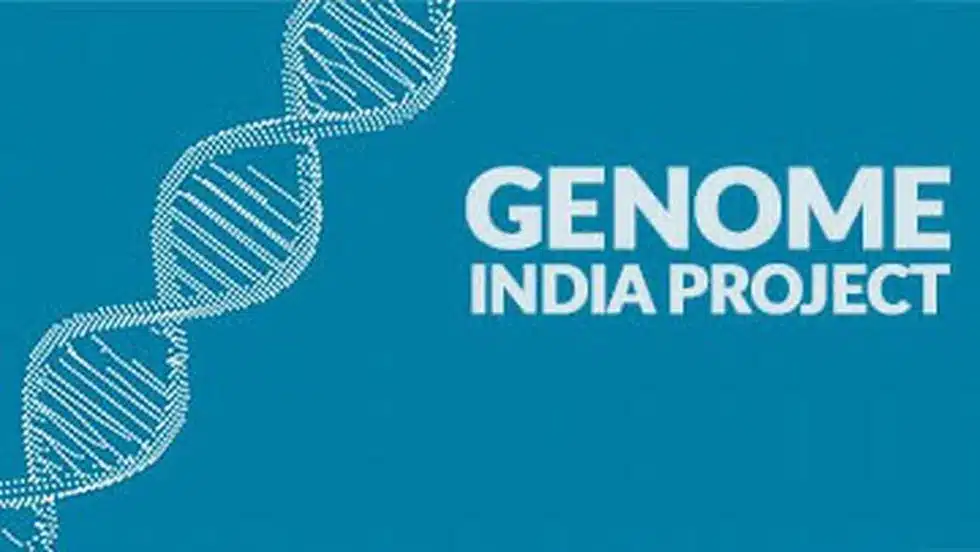Genome India Project: Ensuring Diverse Representation

The Genome India Project is a significant initiative aimed at understanding the genetic diversity of the Indian population. Recently, Dr. Jitendra Singh, the Union Minister of State for Science and Technology, provided insights into the project’s progress. He revealed that the project has successfully collected samples from various demographics, ensuring equitable representation. Approximately 36.7% of the samples were collected from rural areas, 32.2% from urban regions, and 31.1% from tribal populations. This balanced approach is crucial for the project’s success and its implications for genetic research in India.
Challenges in Sample Collection
Dr. Jitendra Singh highlighted several challenges faced by researchers during the Genome India Project. One of the primary obstacles was geographic accessibility. Many tribal populations reside in remote areas, making it difficult for researchers to reach them. These regions often lack proper infrastructure, which complicates the logistics of sample collection.
Cultural and socioeconomic barriers also posed significant challenges. Researchers needed to overcome mistrust and skepticism among these communities. Convincing individuals to participate in genetic research required building relationships and fostering trust. Many rural and tribal populations were unaware of the benefits of genetic studies, leading to misunderstandings about the project’s purpose.
Moreover, the lack of awareness and education about genetic research further complicated the process. Many individuals in these communities did not understand the potential benefits of participating in the study. This lack of knowledge made it essential for researchers to engage in educational outreach to clarify the project’s goals and dispel myths.
Strategies for Overcoming Barriers
To address these challenges, the Genome India Team implemented several pre-planned strategies. Dr. Singh noted that nearby logistics hubs were established to facilitate the transportation of samples. This proactive approach ensured that researchers could efficiently manage the collection process.
Additionally, partnerships with local healthcare institutions were formed to streamline data collection. Collaborating with local leaders and community representatives proved effective in building trust and encouraging participation. These leaders played a crucial role in bridging the gap between researchers and the communities.
Outreach programs were also conducted to raise awareness about the importance of genetic studies. These initiatives aimed to educate the public about the benefits of participation while assuring them of data confidentiality. By clarifying the project’s goals, researchers could dispel myths and encourage greater involvement from diverse groups.
Ensuring Balanced Representation
The Genome India Project emphasizes the importance of balanced representation from various demographic groups. Dr. Singh pointed out that urban populations are often more accessible and aware of such initiatives. Therefore, it was vital to ensure that rural and tribal populations were adequately represented to avoid bias in the research findings.
To achieve this, the Genome India Team organized moderated campaigns that focused on the inclusion of diverse groups. Systematic planning helped address logistical constraints in isolated regions. By carefully coordinating efforts, researchers could ensure that all populations had an opportunity to participate.
The commitment to equitable representation is essential for the project’s success. It not only enhances the quality of the research but also fosters a sense of ownership among the communities involved. By prioritizing inclusivity, the Genome India Project aims to create a comprehensive understanding of India’s genetic diversity, ultimately benefiting public health and scientific research.
Observer Voice is the one stop site for National, International news, Sports, Editor’s Choice, Art/culture contents, Quotes and much more. We also cover historical contents. Historical contents includes World History, Indian History, and what happened today. The website also covers Entertainment across the India and World.

